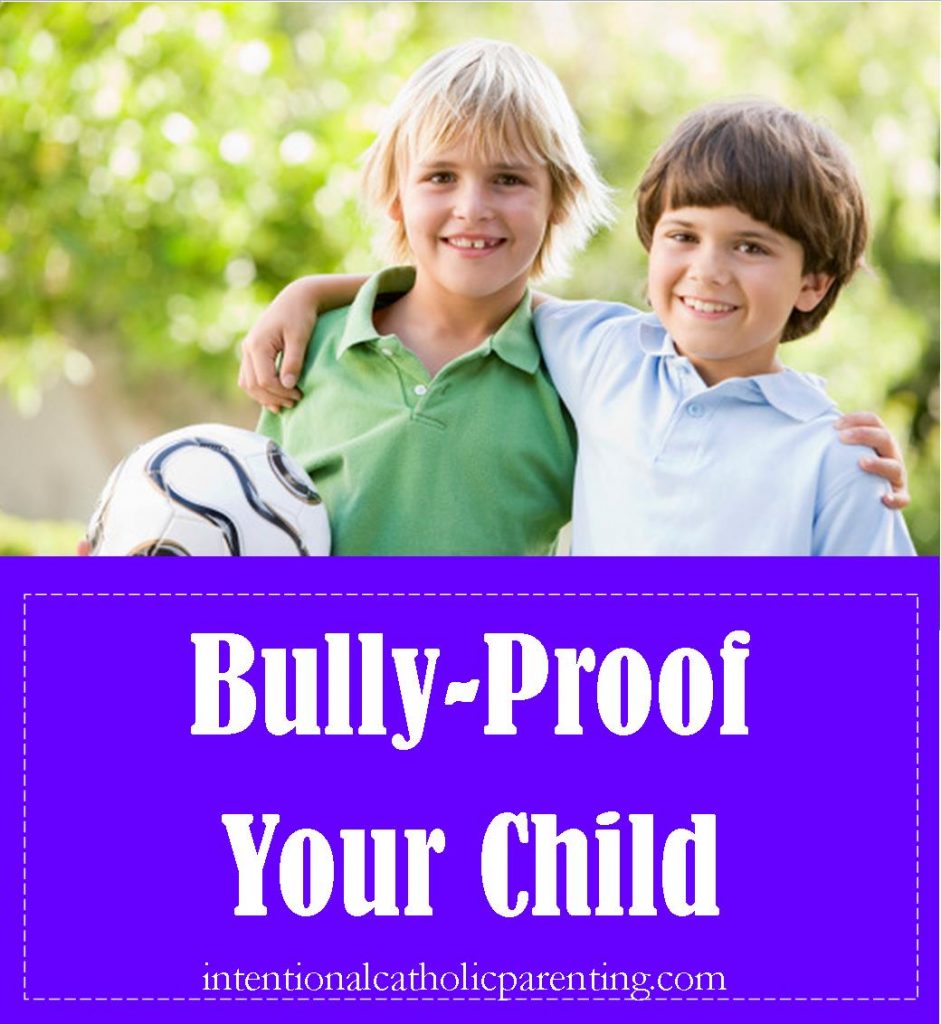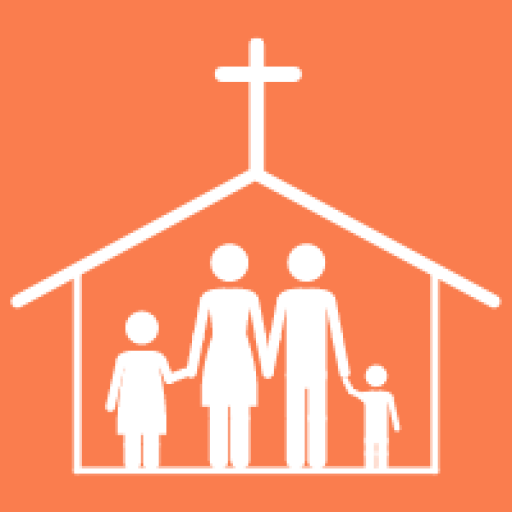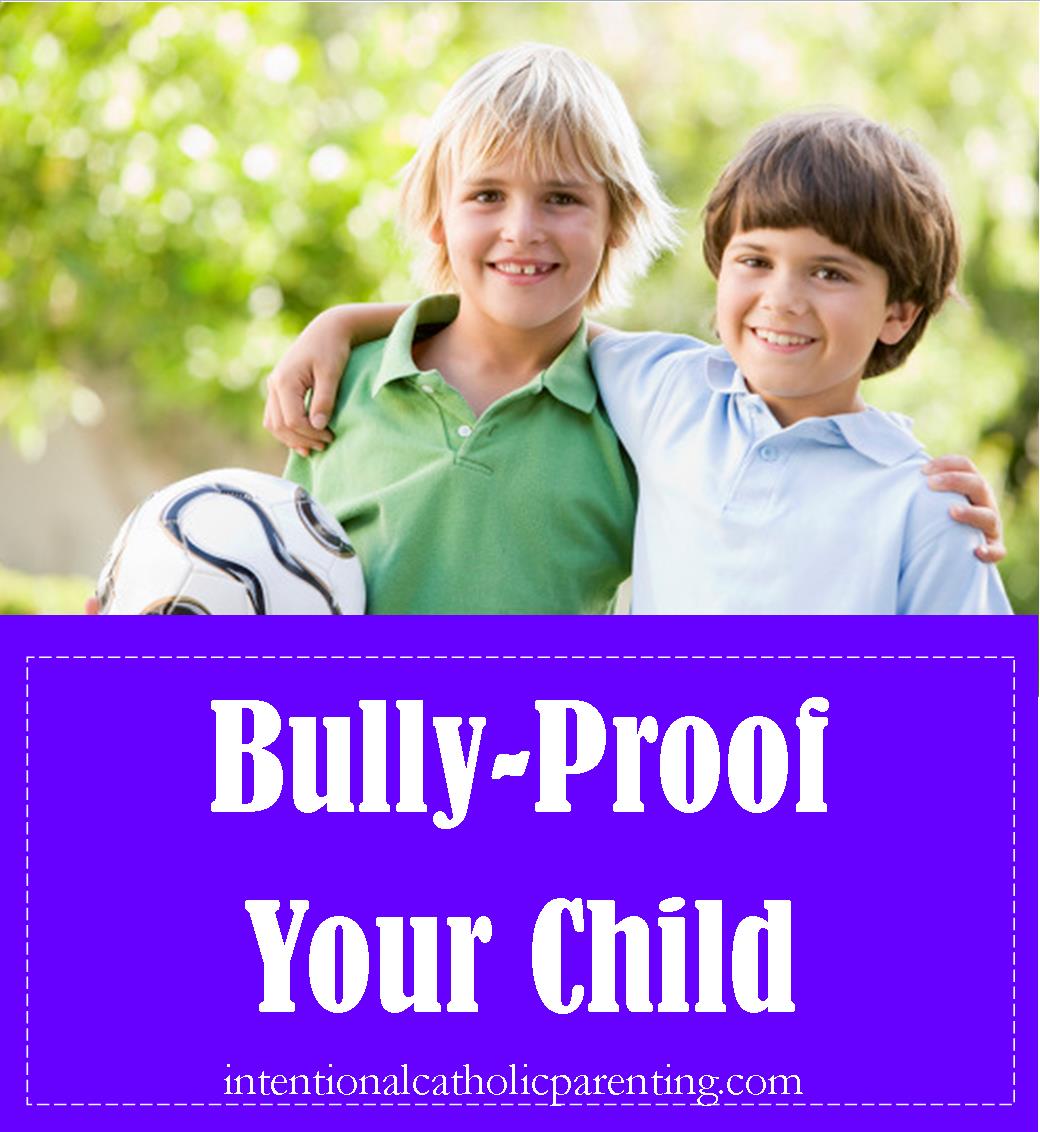
When some of us were growing up, bullying was considered a normal part of childhood; kids were left to sort things out themselves. Now we know that repeated bullying is damaging to a child’s psychological well-being and can have long-term effects on brain development.
Bullied children have abnormal levels of cortisol compared to non-bullied children. High cortisol is linked to immunity issues and poor memory. Bullied children are also more likely to be drug users later in life.
We probably can’t completely bully-proof a child, but maybe we can at least make our child a less appealing target for a bully.
Overview of Podcast
- What is bullying?
- Bullying is defined as “a distinctive pattern of harming and humiliating others, specifically those who are in some way smaller, weaker, younger or in any way more vulnerable than the bully.” If a child is rude or even aggressive to our child, this doesn’t mean he’s been bullied. Bullying requires 1) a power difference in the relationship and 2) a repeated behavior.
- Help your child use an assertive communication style.
- Bullies prey on kids who are vulnerable, so ensure your child feels confident in communicating assertively. An assertive communicator can firmly state his needs and he can set clear boundaries. Assertiveness doesn’t require aggression. You can be assertive without being rude or loud.
- Assertive communicators are less common than passive or aggressive communicators, but it’s worth our time to teach our child how to be assertive. Not only does assertiveness protect kids from bullies, but assertive communicators are emotionally healthier and have better relationships than passive or aggressive communicators.
- Use discipline methods that protect your child’s connection to you.
- Many experts argue that children who hear a lot of criticism or who are physically punished for their mistakes can become bullies because they have coercion modeled at home. Depending on their temperament, these children can also become victims of bullying. Some kids become rebellious or angry in response to overly harsh parenting, but other kids become passive and submissive. It’s a basic survival response. They develop poor self-esteem and on some level become comfortable with maltreatment.
- We want our kids to be feel a sense of rightness and dignity so that when somebody mistreats them, they know viscerally that it’s wrong and they don’t deserve it.
- When we have a strong rapport with our child, they are more likely to come to us about bullying issues so that we can help them through the crisis.
- Teach your child the art of friendship.
- Lonely, isolated kids are favorite victims of bullies. Teach your child from a young age how to be a good friend so that he builds up a circle of friends. Sharing, listening, giving. These are lessons that can begin at a young age even before our child shows any interest in peer friendships. We can model and coach our children in kindness and empathy through family relationships. As he matures, help your child develop perspective taking – how another child feels, or how that child’s experience may differ from your child’s.
Resources
Bullying
How to deal with bullying. Government agency for preventing and addressing bullying.
Sibling bullying. Yep, it happens. When does sibling conflict cross the line into bullying?
Children and friendships
Kids and Their Friendships: What’s Healthy? My post on how to help your kids develop healthy friendships.
Growing Friendships: Making and Keeping Friends by Eileen Kennedy-Moore.

